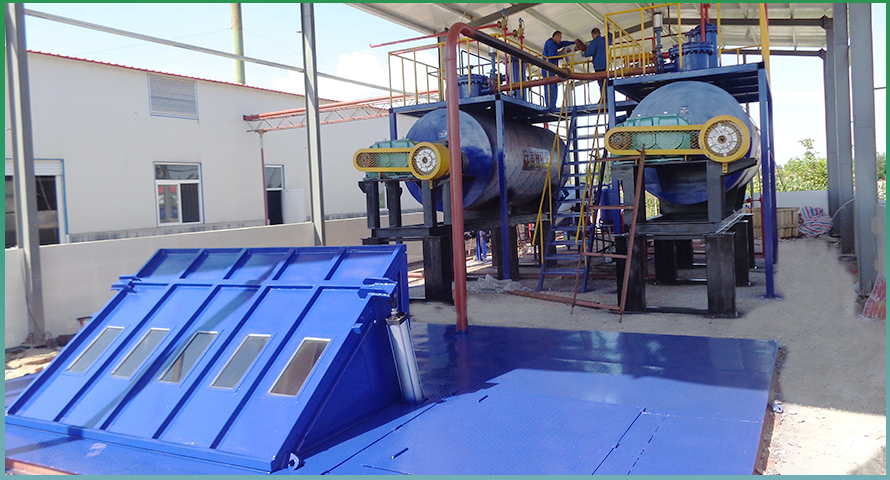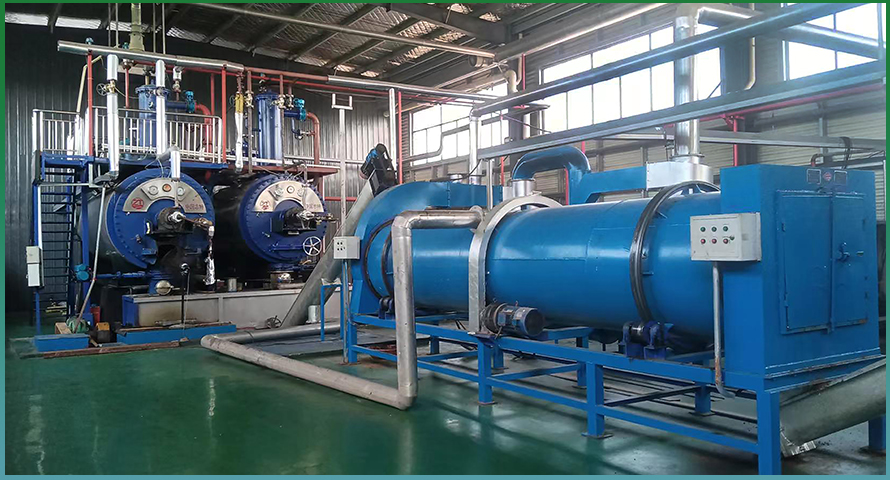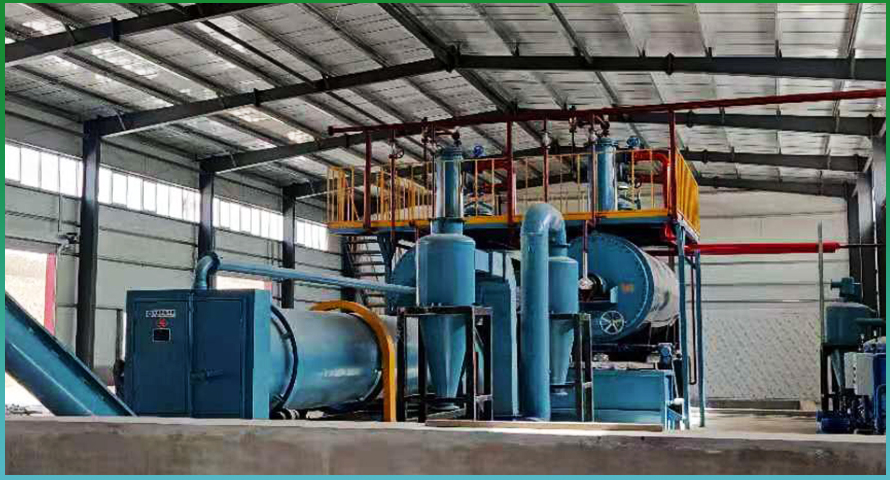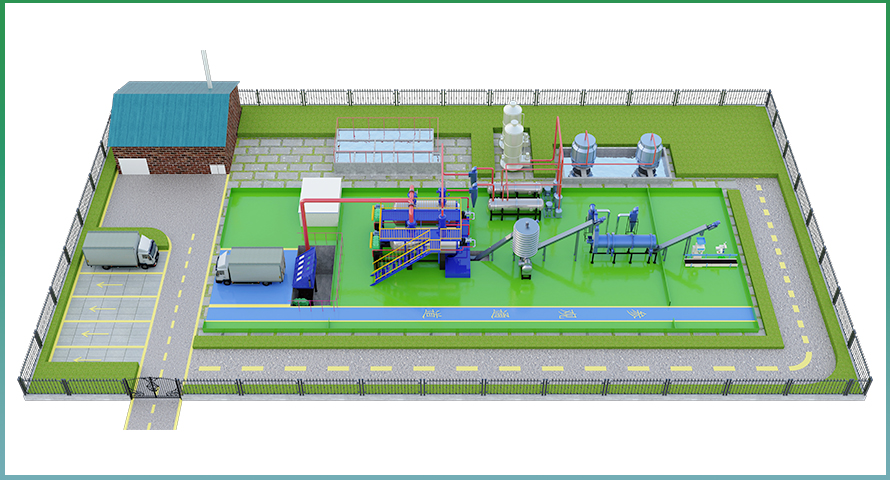Equipment introduction
Harmless treatment of dead animals refers to the process of transporting dead animals' carcasses to closed containers after being crushed and treated. At the same time, high temperature circulating heat source is introduced into the interlayer for high temperature and high pressure sterilization to eliminate the pathogens carried by the dead animals and eliminate the hazards of the dead animals. During the treatment process, the heat source does not directly contact the dead animals' carcasses. The water in the animal body is heated and vaporized to produce pressure, and after the completion of the process, the dry meat and bone meal and industrial oil are finally obtained through vacuum drying, degreasing, cooling, crushing and other processes, which is the currently accepted treatment method.

How the product works
The principle of high temperature drying system: The use of high pressure saturated steam, through the pressure and temperature of the sandwich, in the dry heat state, the oil can be dissolved and the protein can be solidified, and the bacteria can be killed by high temperature and high pressure to achieve harmless treatment of sick and dead pigs. By-products are meat and bone meal and oil.
The whole set of harmless treatment equipment for sick and dead animals includes pre-crushing, chemical processing, drying, oil degreasing, crushing and conveying devices. After the raw materials (sick and dead livestock and poultry) are pre-crushed, they are transferred to the evolutionary drying machine. The two steps of processing and drying are concentrated in the equipment together. After sterilization and curing by high temperature and high pressure, the drying and dehydrating process is opened in the equipment. The dried material is sent to the oil press by the screw conveyor for degreasing treatment, and the grease can be recovered at this time. The residue of oil extraction is crushed to produce meat and bone meal. Fat can be used as raw material for industrial oil, feed oil and biodiesel, meat and bone meal is the main additive for the production of high-protein pet feed and organic fertilizer with high market value, and can create very considerable economic benefits for customers.

Process flow
1. Collection and temporary storage of sick and dead livestock and poultry: sick and dead animals are transported to the processing area by transport vehicles, and the dump truck will unload the raw materials to the closed large raw materials warehouse. After unloading, the vehicle will be disinfected and cleaned with disinfection cleaning device.
2. Crushing treatment: The material is transported into the pre-crusher through the screw conveying equipment, and the material is broken into meat pieces with a diameter of about 50MM in a closed environment.
3. Material transportation: The crushed material is transported to the chemical tank by the feed pump through the closed pipeline, and the whole process is closed and automated. Compared with the current helical conveyer, this conveyer has many advantages, such as fast speed, small residue, easy cleaning and no foul odor.
4, processing, sterilization, drying: after the material is loaded, close the feed port, start the heating device, the temperature and pressure in the tank reach the preset value, keep it for 30 minutes (sterilization standard, the pressure and temperature can also be adjusted according to different materials), and then empty and relieve pressure into the drying stage, using low temperature vacuum drying, drying for 2-3 hours (adjustable). Get meat and bone meal with water content reduced to 12.
5. Slagging and oil extraction: the oily meat and bone meal from the drying machine is pressed for oil degreasing, and the finished meat and bone meal is obtained. Oil, oil can be used as industrial oil, bone meal can be used as a raw material for organic fertilizer.
6, waste gas treatment: the waste gas first through the dust collector dust, remove the fine particles in the waste gas, and then through the condenser cooling after deodorization, and then into the washing tower for spray washing, and finally through the biological waste gas treatment pool after treatment of standard discharge.





